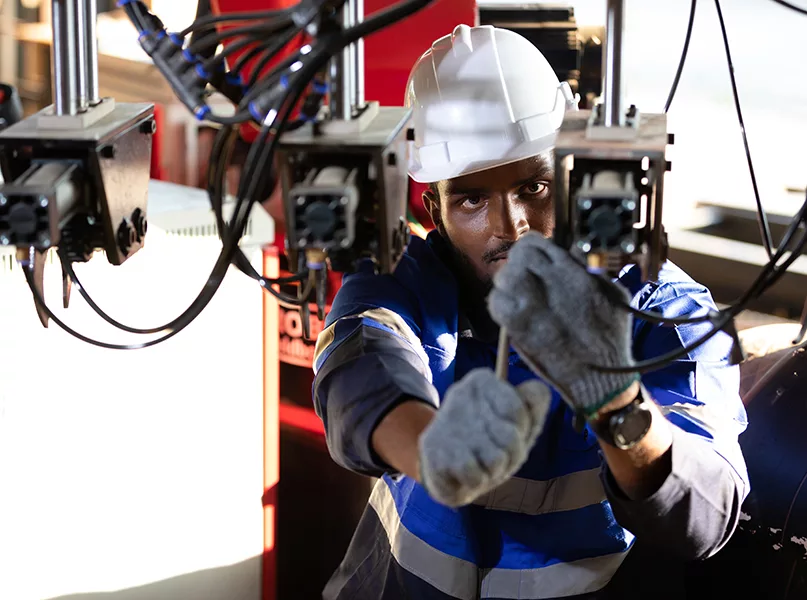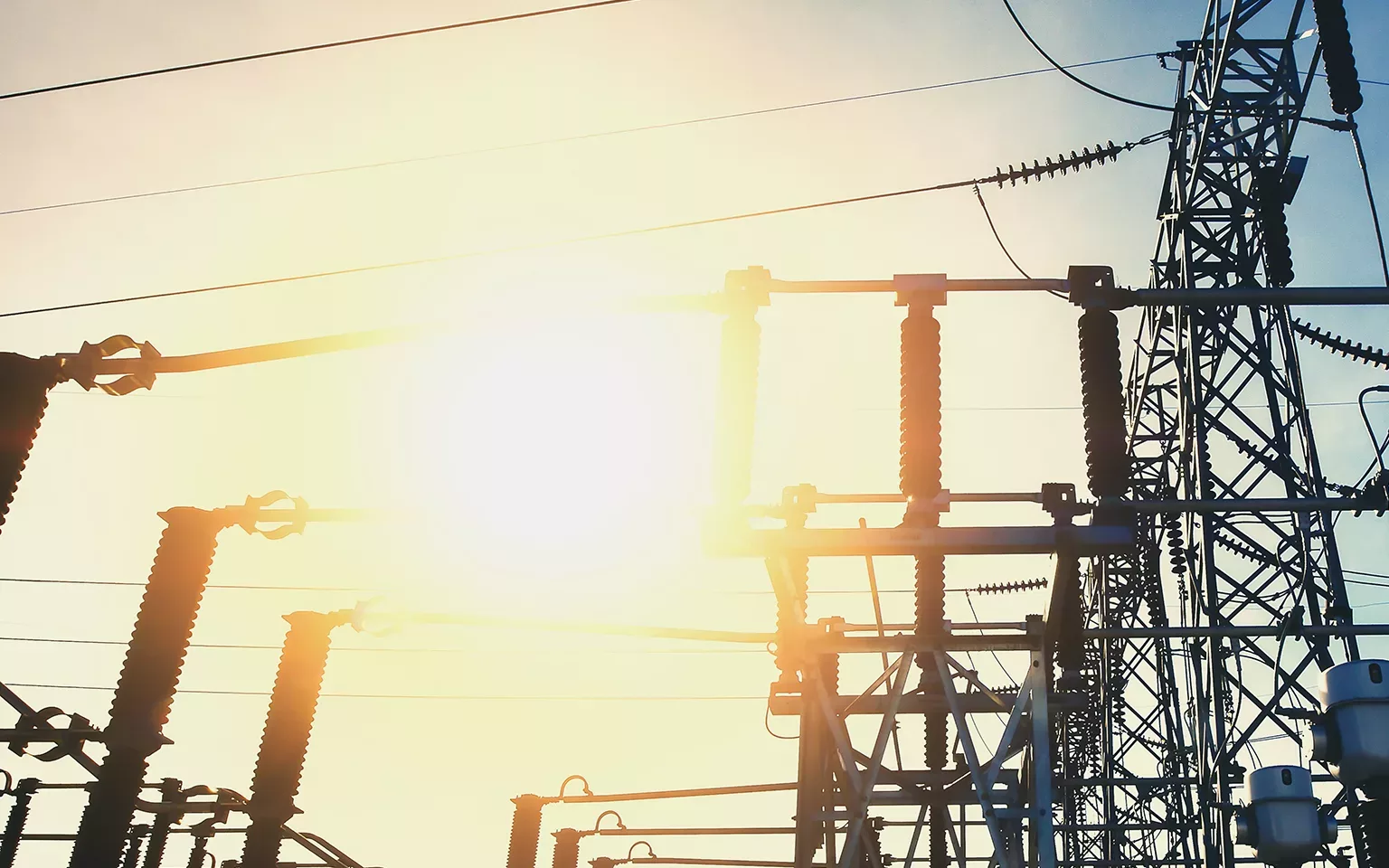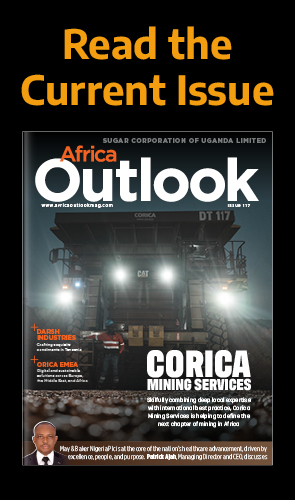Meeting the increasing demand for electric energy in Liberia and simultaneously serving as a catalyst for socio-economic development, Liberia Electricity Corporation is the shining light of the nation’s energy industry.
GENERATION FOR THE NATION
Following over a decade of violent conflict which destroyed the socio-economic fabric and vast portions of the nation’s infrastructure, Liberia began tentatively regaining a semblance of stability with the historic signing of the Accra Comprehensive Peace Agreement in 2003.
Owing to the widespread civil unrest and boundless uncertainty, the power supply situation in Liberia continued to spiral into disrepute and worsened to the point of near-total collapse if immediate actions were not taken to address the perilous national predicament.
Thankfully for Liberia, recognising the significance of the electric energy sector as a fundamental driver for copious additional service industries, many international partners including multilateral lending institutions swooped in to take action in supporting the required rehabilitation of the nation’s energy landscape.
Surviving this turmoil, and now battling to rebuild national infrastructure, is one of the country’s sturdiest pillars of utility provision, Liberia Electricity Corporation (LEC).
A public utility provider created in 1973 by the Government of the Republic of Liberia, this entity has gradually developed through acts of legislation with the mandate of producing and supplying economic and reliable electric power to the entire nation, whilst simultaneously maintaining a steady level of financial viability for the corporation.
Intrinsic to this original and ongoing mission is the continual responsibility for improving and expanding the entire system in order to meet future growth.
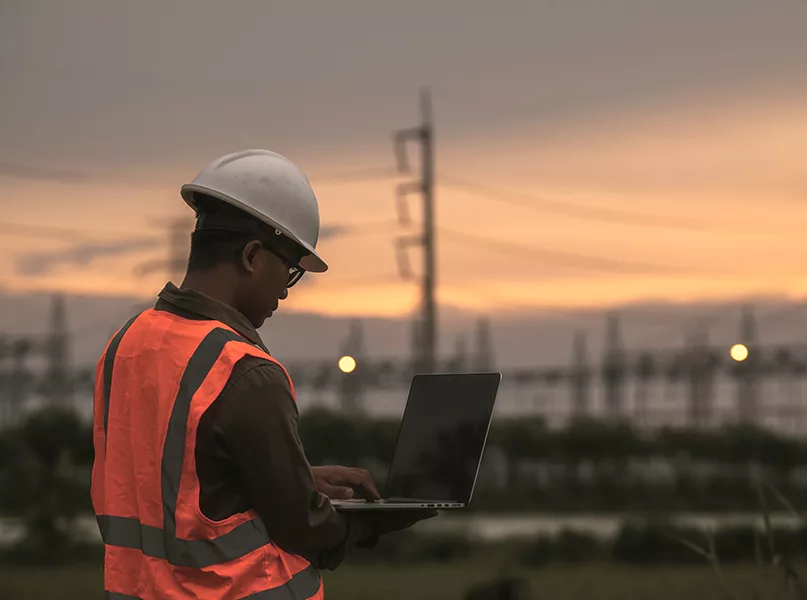
THE ORIGIN OF POWER
To this day, LEC therefore obtains the responsibility of ensuring that efficient, dependable and affordable electric power is constantly available across Liberia, not only to meet the increasing demand for electric energy consumption but also to serve as a catalyst for enhanced socio-economic development.
“Our ongoing mission is to increase reliable access to affordable electricity throughout the country, in the quickest, most prudent and sustainable manner possible,” the company recently declared.
This ambitious target is direct evidence of Liberia’s socio-economic growth and development of late, as between 1973 and 1989 the nation’s electricity service was largely limited to the capital of Monrovia and its surrounding area.
During this chaotic period, around 35,000 customers, translating to just 13 percent of the population, were being reached and served. However, LEC later began to handle the electricity supply of rural areas outside Monrovia through 10 small, isolated power systems with a total installed capacity of 13 megawatts (MW).
Cataclysmically, the remainder of Liberia’s electricity infrastructure was almost entirely destroyed during the time of civil unrest across the nation. However, despite these tragic occurrences, valiant efforts have been underway since 2006 to restore the Monrovia grid, and expand both the mini-grid and stand-alone power systems.
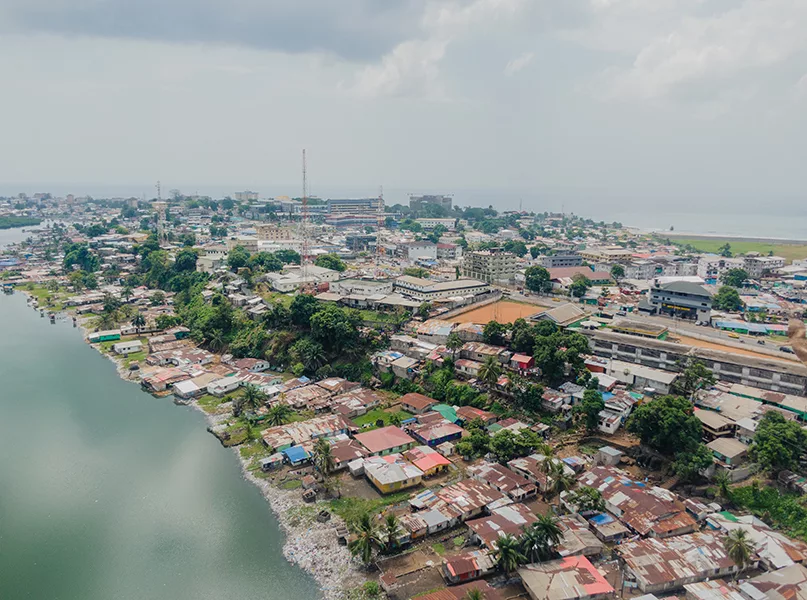
EXPANSION PROJECTS
The Liberia Electricity System Enhancement Project (LESEP) is currently being funded collectively by the World Bank in collaboration with other international donors, including the Government of Norway (GON), the Japanese International Cooperation Agency (JICA), the United States Agency for International Development (USAID), and the European Union (EU).
LESEP, an International Development Association (IDA), is also being supplemented by funding provided by the Global Partnership for Output-Based Aid (GPOBA) and the Africa Renewable Energy Access (AFREA) Trust Fund.
Given the critical nature of the Liberian power sector, an intricately prepared and thoroughly researched request for both the extension and expansion of LESEP was presented to the bank, which then began the process of directly supporting rehabilitation efforts to improve and increase access to electricity through the financing of distribution services and enhancement of supply generation options, both on and off-grid.
However, the condition of the power sector remains highly volatile, alongside the continued absence of electricity, which possesses the propensity to completely derail the fragile security situation in the country.
This, parallel to other equally compelling and urgent reasons, including the desperate need to invest in the electricity sector as a key driver for the economic transformation of the country and a major component of Liberia’s Agenda for Transformation, gave rise to LESEP Additional Financing (LESEP-AF) and further extended financing under the Liberia Accelerated Electricity Expansion Project (LACEEP) and LACEEP Additional Financing (LACEEP-AF).#
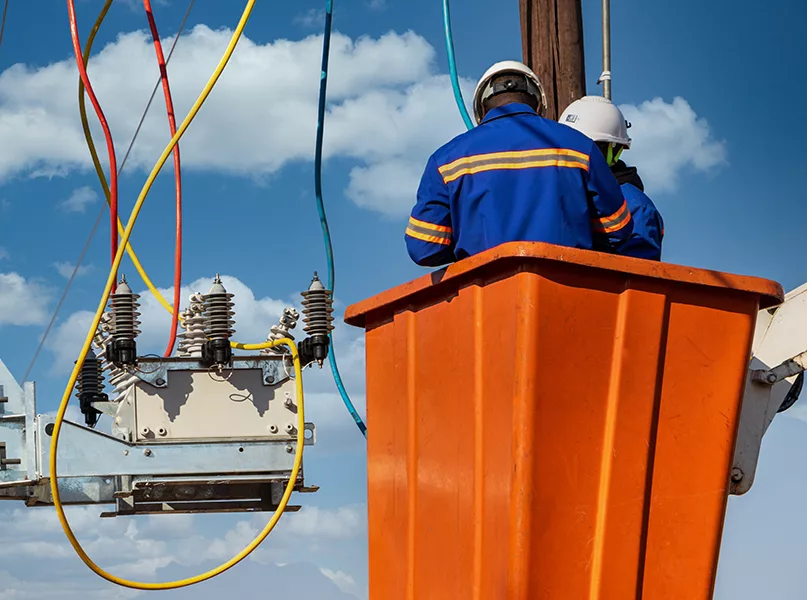
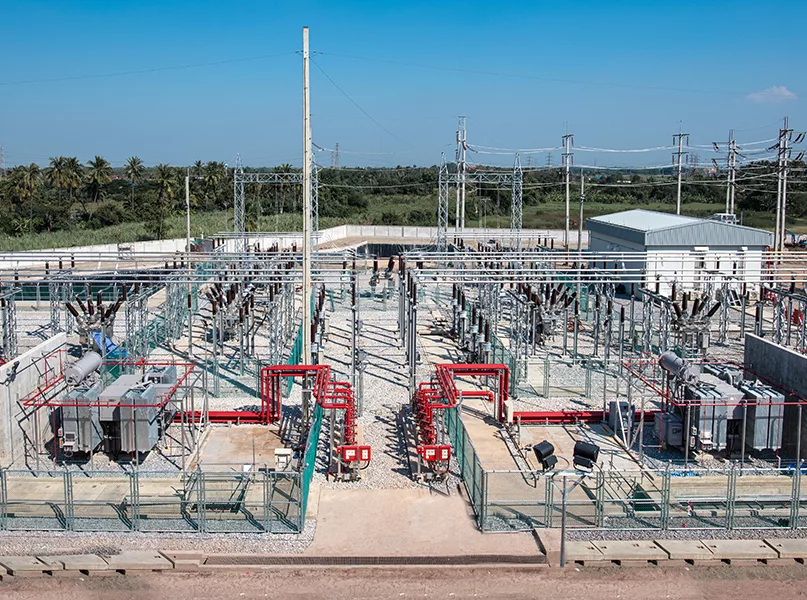
MOUNT COFFEE HYDROPOWER PLANT REHABILITATION PROJECT
A crucial piece of the puzzle in rebuilding Liberia’s infrastructure is the Mount Coffee Hydropower Plant, which is located approximately 27 kilometres (km) northeast of Monrovia, in Montserrado County.
The plant was originally designed as a run-of-river scheme, consisting of a dam and 10-bay spillway structure with radial gates. Inflows to the reservoir are then diverted through a channel to the powerhouse situated at the bend in the river.
This arrangement, in combination with an excavated tailrace channel, allows the development of the maximum hydraulic head at the Mount Coffee site. The intake structure includes provision for six units, although the powerhouse was only constructed for four, and aside from partial excavation for the extension of the powerhouse substructure, none of the other civil works for these units were ever completed upon original commission.
Now that there is peace across the nation, the original four units are being rehabilitated by LEC using a Francis turbine. For this project, the prestigious contract for the generating equipment which includes turbines, generators, and associated electro-mechanical equipment for the powerhouse, has been awarded to Voith Hydro. These modernised turbine units will be reconnected to the grid with a capacity of 22MW each, and will generate a far greater output than the previous machines were capable of, with the power output capacity per turbine climbing by about one third.
Since the Mount Coffee facility will be the largest generating plant in Liberia for years to come, it will be heavily depended upon to maintain high reliability and to provide frequency and load control for LEC’s overall power system. It will also be required to operate as part of the Côte d’Ivoire-Liberia-Sierra Leone-Guinea (CSLG) Power Network, which will be used for the interchange of power with neighbouring countries.
With the vast benefits that this facility and ambitious initiative is creating, LEC looks primed to position itself front and centre of the gradual rebuild of Liberia.
